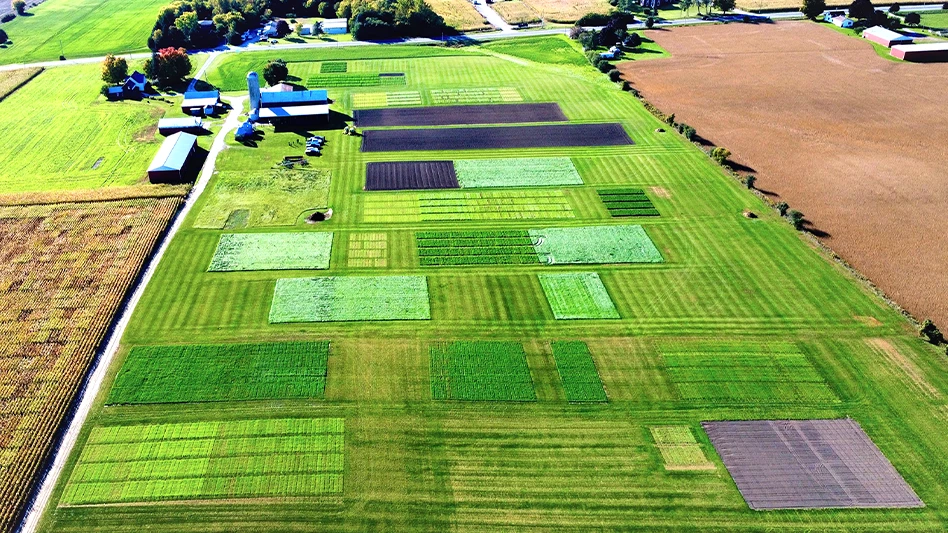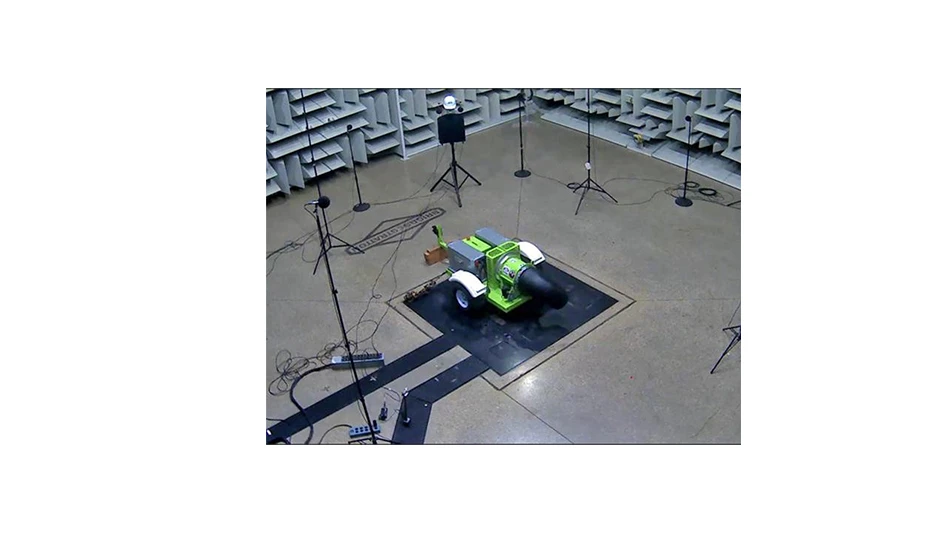
No matter your title — superintendent, director of agronomy, head of grounds — it might be more accurate to label yourself “chief creator of first impressions.” The work you do is key to what a potential member, old member, guest or casual golfer sees and thinks of where you work. How pretty, clean, manicured and consistent the presentation relies largely on you and your crew.
A good first impression starts well before the golf playing experience and before stepping onto the first tee. Other contributors to these pages will write about the on-course elements that affect someone’s opinion. I want to offer a different, more expansive point of view.
As superintendent, you’re an important member of your club’s management team. (If not, that’s a different issue, one that you should immediately try to fix.) And as management, you should care about every aspect of club operations, whether your direct report does or not. Always be on the lookout for those elements, large and small, that affect the first impression. Don’t confine your responsibilities to the landscape, trees and turf. Every day, try to take a fresh look at the entire operation, seeing it with the eyes and attitude of a first-time visitor.
It starts the moment you arrive on property. Well, maybe not at 4:30 in the morning, but you know what I mean. Particularly at a private club or any club that claims to offer a “private-club experience,” notice how — if at all — the guest is greeted. It could be the guard at the entrance, someone at the bag drop or the person behind the counter. The first human interaction is key.
Whenever I’m invited to a club, whether to work or play, and there’s someone at the front gate, I watch carefully to see if they already have my name on a list or if they have to call the superintendent or general manager to let me in. If you’re not prepared to welcome me, my enthusiasm for the day has already dwindled.
No matter who is showing up, for whatever reason, at whatever time of day or night, the arrival experience sets the tone for the entire day and whether it gets off on the right or wrong foot.
Of course, I’m looking at the plantings, the signage and the outward appearance of the club entrance. But nothing is more important than the attitude and demeanor of the first person welcoming me.
Then, do they know my name by the time I get to the bag drop or clubhouse entrance? Or am I just another car driving up? It’s a personal touch that someone is going to remember.
Where you have me park and how I’m directed there are surprisingly important touch points. Nothing is worse than arriving at a strange club and not knowing if I’m to park over here or there, near the golf shop or the opposite end of the building. Will it be a long shlep with my bag? Is someone with a cart going to drive to my car to pick up me and/or my clubs? Why do you think The Ritz-Carlton and Pebble Beach Resort are so well regarded? Service, hospitality and warm welcomes.
At my next stop — bag drop, golf shop or locker room — is someone ready and able to tell me where I go and who I am to meet? Does someone point me in the right direction or lead me to a specific door? We’re called “visitors” for a reason: We’re visiting, and probably don’t know our way around.
Are the locker rooms well-equipped? Are there guest lockers clearly marked? Or is there another place to store my shoes and stuff? I’ve got a hang-up about the selection of products, particularly mouthwash and talcum powder. A good friend of mine judges clubs by the presence of free sunscreen and its SPF.
At every stop, I’m watching the employees — shop personnel, starters, even your maintenance crew — looking for enthusiasm. That is, diligently doing their jobs professionally and mindful of the members and guests, the people paying their salaries. No matter who it is, and even at a private club (maybe especially at a private club), they need to treat us like customers (as in we’re always right) and do everything they can to ensure we have a good time while we’re there to play a game.
I’m a range rat, certainly not the only one, so let’s get a little closer to your “turf.” Does the range have all the necessary paraphernalia to help me prepare? A thick, dense turf cover; bag stands properly spaced; neat, clean and relatively new range balls (in ample supply, of course); a way to clean the clubs during and after practice; a good short-game practice area? And if the club has separate ranges for guests and members, is it clear to me that I should go here or there? Don’t set me up to be embarrassed.

Carts should be clean and charged. Water bottles? Divot sand? A rake on the back if that’s how you do it? Pencil? Scorecard? If there are forecaddies, make sure they know to communicate with the player from the outset. Don’t presume I’ll be hitting driver off the first tee and take off with the rest of my clubs; ask what club I want to hit. And don’t assume I’m going to hit a good first shot, so don’t walk too far away too quickly, just in case.
Ah, caddies. Some golfers love them, others not so much. It’s a relationship that needs to be managed starting on the practice range where the caddie should introduce themselves, watch the player hit some shots (and clean the clubs afterward), and work to establish a friendly, but not too friendly relationship. How it evolves during the round will be a mutual undertaking.
Caddies should know to never tell a good player where NOT to hit a shot, unless directly asked. Tell me where you want me to hit it. And don’t tell me how to play the shot unless asked. But be sure to give me accurate yardages. On the first green, I ask the caddie to give me a line, then I’ll play it as I see it. If the caddie was correct, I’ll continue to listen. But if I don’t ask for help, don’t offer it.
Some other items you have control over:
- Are the tee markers pointed in the right direction?
- Are the flagsticks straight?
- Are the rakes in the proper position (in or out of the bunker, whatever the course standard is), and placed where they’re most likely to be needed?
- Yes, all of the above can easily be changed after just one group plays through. But if there are rangers or others riding around the course, they should look for these details on every hole and fix them as necessary.
Speaking of marshals, they do have a role, especially on busy days. Unless my group is behind, the marshal should be no more than a distant presence.
A few more things …
- Restrooms, both men’s and women’s, should be neat, clean and properly supplied.
- Make sure there’s enough drinking water on the course, either on the beverage cart, in the golf cart, in coolers or at the halfway house. This is as much a health issue as a convenience.
- Beverage cart drivers need to know when, and how, to approach — or not approach — a group. Nothing bugs golfers more than a cart driver who doesn’t know when to stop and wait for the group to hit, sitting well out of the way.
- If there’s a halfway house or snack shack, staff there should know that time is of the essence. They can suggest the signature or specialty item, but then move on. And if they can know the names in the group and offer a personalized greeting, all the better.
- Is the beer cold? The cigar selection large enough? Are there at least one or two “healthy” options?
Look around your club and you’ll identify dozens of other little things to check, improve and educate the staff about. Everybody working at the club should live by this tried but true statement: You get only one chance to make a good first impression.

Explore the November 2023 Issue
Check out more from this issue and find your next story to read.
Latest from Golf Course Industry
- GCSAA announces Grassroots Ambassador Leadership Award recipients
- Reel Turf Techs: David Gummo
- PBI-Gordon promotes two to executive level
- VIDEO: A First Green morning
- Bloom Golf Partners adds HR expert
- Seeking sustainability in Vietnam
- Kerns featured in Envu root diseases webinar
- Toro continues support of National Mayor’s Challenge for Water Conservation






